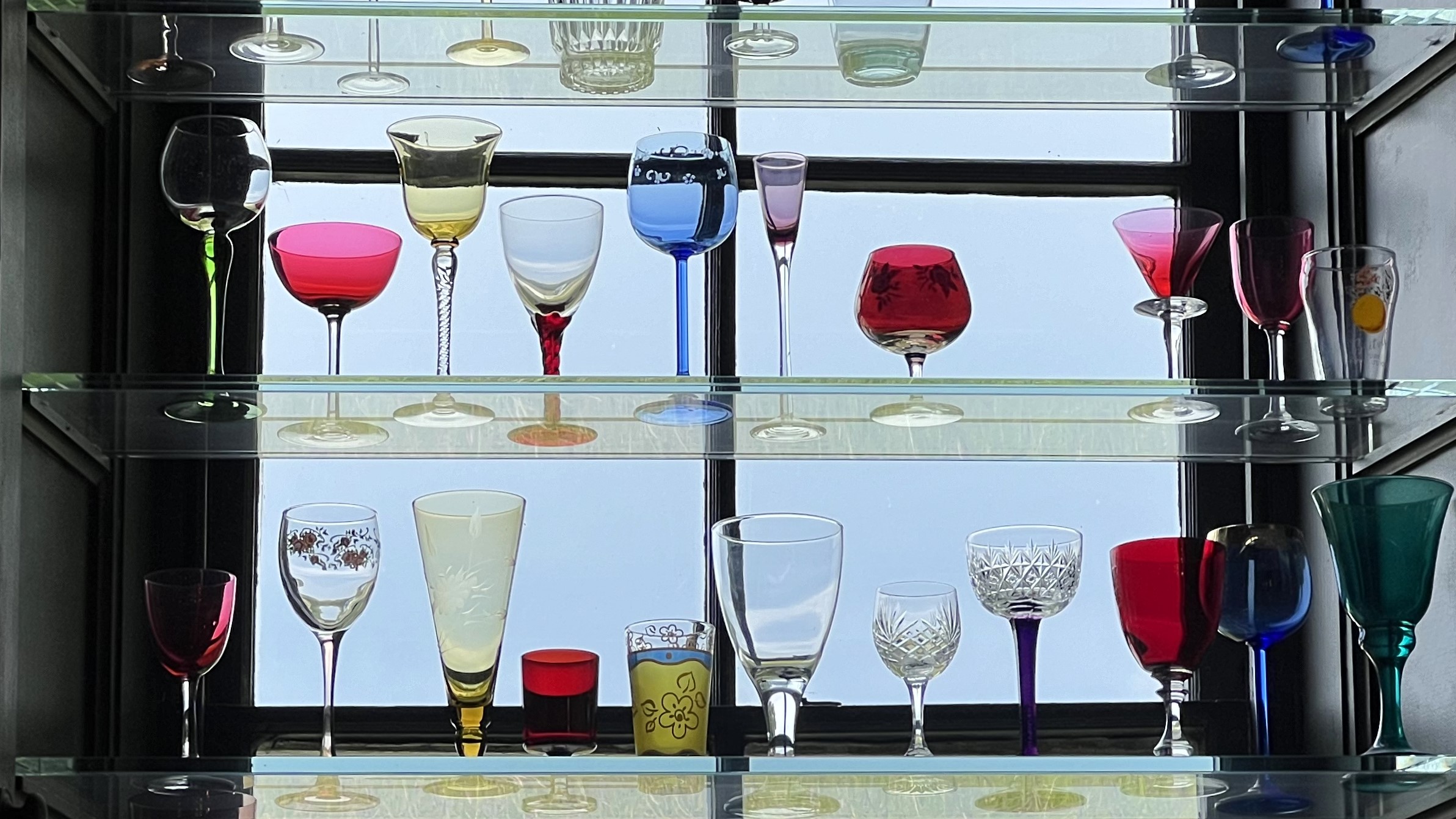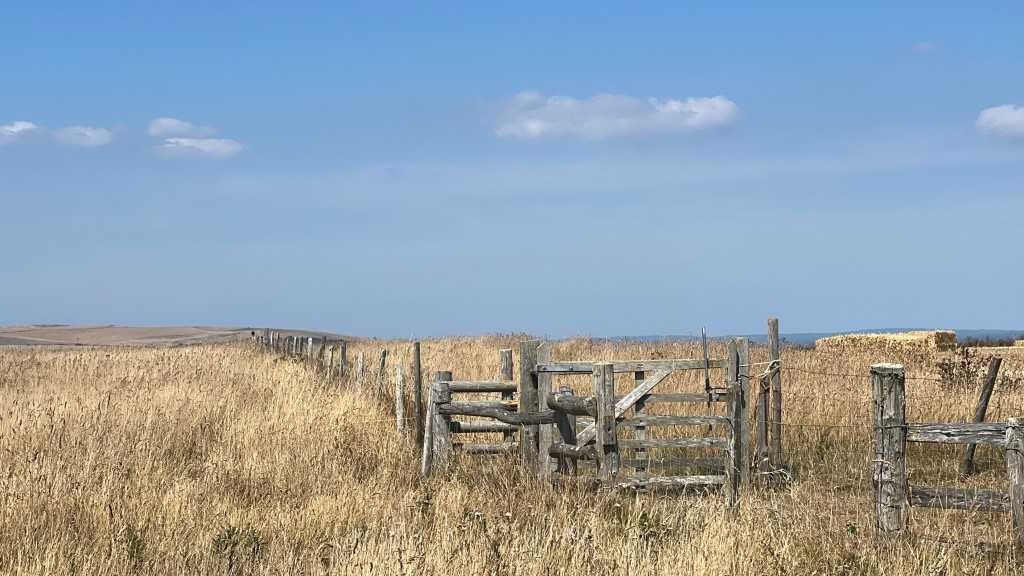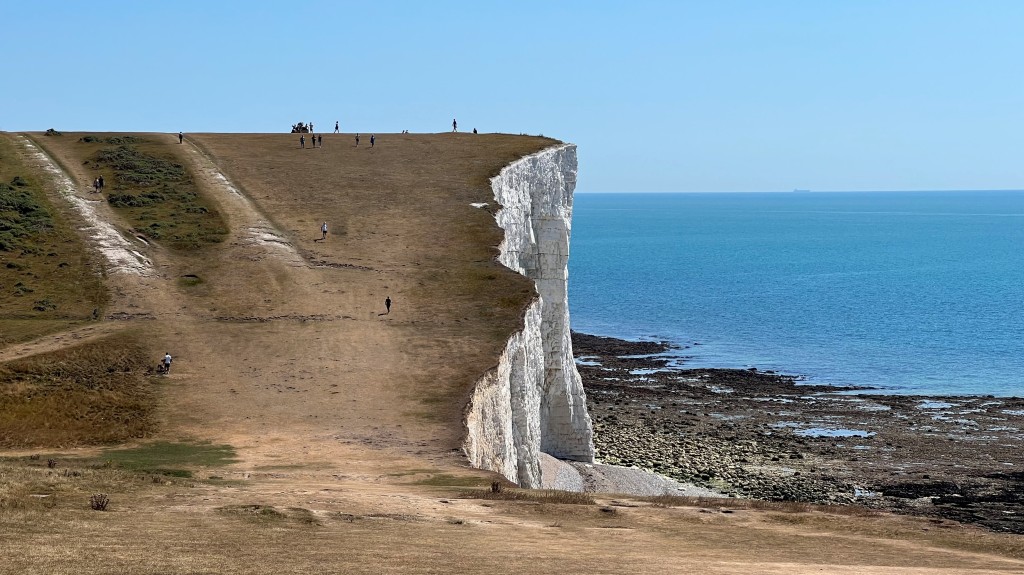Great Lantic Beach

Lantic Beach. My first thought is that the locals of old must have truncated the word Atlantic to create this place name. Then I remember that Llan means church in Welsh – one of the two living languages most closely related to the now-extinct Cornish. In England we might call a village Church St Mary. Similarly the Welsh would call it Llanfair. So does Lantic mean the church of St Tic – the latter being perhaps some obscure Celtic saint? Ah, but now I see from the Ordnance Survey map that this beach lies within the parish of Lanteglos which, confusingly, comes from the Old Cornish Nant Eglos meaning valley church – according to Wikipedia. I say «confusingly» because the Nant bit signifies valley and has nothing to do with lan meaning church. Yet the second part Eglos is another Cornish word for church related to the Welsh eglwys, the French église and the Latin ecclesia. It seems more likely then that Lantic is an abbreviation of Lanteglos. I can’t find any confirmation of this on the internet though. I offer it here as pure speculation.
I have taken a lot of photographs today at this point on the south coast of Cornwall. The sun has shone out of a clear blue sky, and so on. I could print them on six by four-inch pieces of card and stack them on a rack outside a newsagent. Except that wouldn’t work as a business model because people no longer buy picture postcards or lick stamps. I use it simply as a device to inform the reader that the bulk of my photos show conventional sunny views of water, sky, bays and rocky headlands.
But I have picked this one out because I like how it divides the scene into horizontal bands: vegetation – sand – foam – sea – wave – more sea – another wave. And the sea in it has a more exotic hue than in any of the others I have taken. The boat adds a little interest, as do the figures on the sand.
The tiny people in the image behave as people typically do on an upscale Cornish beach. They do not lie down. They stand and look active as though they might at any moment jump into a kayak, onto a surfboard, or into the waves. They will splash their companions playfully if they do the last. They look fit and youthful. How can I tell at this distance? I feel I can – but the imagination fills in what the eye cannot see. They do not typically sunbathe or build sandcastles or erect awnings.
Still – joking aside – how do they actually pass their time? This is a fine beach, they say. Look at the blue, the rocks, the sand. How lucky we are. Now what? What I do here makes perfect sense of course. I walk above such beaches and do not tarry in one place for long. I carry my phone in my hand at all times, checking where I am on my map app and occasionally lifting it to take photographs. All this makes perfect sense.
Many people arrive at this sandy place from an informal car park in a grassy field at the top of the hill – some hundred metres above the sea and some five hundred metres to the NNE. As I stand here framing my photograph others pass me, heading down the steep slope to join those already on the sand. I hear Russian spoken – or what sounds like Russian. Could a Russian family have found their way to Cornwall this year? But many Ukrainians speak Russian, and Ukrainian sounds like Russian to the casual listener. The path down to the strand leads between two gorse thickets. A little boy lets out a Slavonic ouch as he squeezes between the prickly bushes.
Last year I also heard numerous people speaking a Russic language not far from here – families making their way down to a bay very much like this one. And I often see Chinese people near the chalk cliffs between Cuckmere Haven and Beachy Head in Sussex. Something draws them there in particular, and nowhere else. Likewise something draws the Japanese to Grasmere and to the home of Beatrix Potter. I see Dutch car number plates everywhere and find them re-assuring. I imagine these matter-of-fact and straightforward people taking the cloudy and rainy days in their stride and enjoying their scones with jam and cream. I try to see my own country through their fresh eyes.
Do the guides available in certain countries big up certain attractions as suitable for the people of those countries? Do they push specific nationalities and language groups in particular directions?
Meachard and Penally Point

I played around with this photograph quite a bit to make it look how I wanted. Of course I started by levelling the horizon. And putting that horizon in the middle seemed to work better than the so-called Rule of Thirds. It makes the image flag-like. Photos of dark rocks and leaden seas under cloudy skies may seem dull to those over-familiar with them – but, for me, the clean central horizon rescues this one.
The tideline is curious. At least I assume the sudden transition from black rock to greenery is a kind of tidemark. If so, the tidal range must be large here. I need a geologist or geographer to put me right on this. If I was on a forum frequented by such people I’d get an instant answer. In a blog post I can just leave the question in the air.
I imagine trying to explore the island. According to my Ordnance Survey map it’s about two hundred metres long and a similar distance from the mainland. It looks as though it might be difficult to land or climb up from a boat. Maybe sea kayaking is the answer? I wish I knew more about these sorts of activities. I’m tempted by them but there are so many barriers: special equipment, instruction, opportunity, safety, and so forth. Walking is much simpler, though it confines you to the land.
The island in the photograph is called Meachard and the headland is Penally Point, on the north coast of Cornwall. Here the River Valency flows into the sea. The village of Boscastle sits on this river, about a kilometre inland. Boscastle hit the news in 2004 when the river burst its banks and caused a lot of damage but no loss of life. If you google this event you’ll find videos of cars being swept away, buildings demolished and residents hoisted into helicopters. In 2022 some of the buildings near the river look newish, though they’ve been rebuilt using traditional materials.
The invisible promontory behind and to the left of the camera is called Willapark. It had a coastguard lookout, and two wild horses galloping about playfully and perilously close to the cliff edges.
Boscastle is more trippery than Fowey, but I guess that’s because it’s a much smaller place with a lot of visitors for its size. Many will come expecting – first of all – a place to park, and then some or all of the following: coffee, tea, beer, ice cream, Cornish pasties and a toilet. So a large proportion of the premises are devoted to those purposes.
The village has a Museum of Witchcraft and Magic. I don’t know why this should be – except that there’s some vague connection with the legendary King Arthur hereabouts. Tintagel – just down the coast – has a lot of that sort of thing. We enter a small shop selling crystals, ornaments, trinkets, and so on – objects with magical or occult associations. The shop is dimly lit and the scent of joss sticks hangs in the air. It is attractively cluttered, with its goods displayed in antique cabinets. I pick up an owl figurine from one of the shelves and the inside smells of old churches.
The owner is seated in a corner and I ask him about one of the objects. Who’s that man over there with the winged helmet? That’s Odin with his messengers, he replies, pointing to the two ravens on either side of Odin’s head. You’ll get a better idea of what’s going on in the world if you incline your ear to them rather than listening to the BBC. I laugh in a polite but non-committal way because I can’t be sure where he’s coming from politically. If this were Scotland he might be left-leaning and pro-independence. Many Scots distrust the BBC because they see it as pro-Union and a tool of the Westminster Government. But this is England, where most of the criticism of the BBC comes from the right. The BBC manages to displease both ends of the political spectrum with its carefully weighed and sometimes timid output.
Jubilee fireworks display – Fowey Harbour

I try again and again to photograph this display in the usual way but never seem to press the shutter at the right moment to catch the starbursts. Finally I hit upon the idea of videoing it and taking a screenshot – with the result you see above.
Of course I view the Monarchy – and hence the Jubilee – as absurd. But then I see much of life as absurd – including the way I grunt, bark and squawk a series of sounds like Mon-arch-y and Ju-bil-ee to refer to these absurd things – sounds that would mean nothing to an alien being. I wear these clothes and not those. This street is curved and that straight. The life I lead now comprises absurd particularities – a single set of possibilities out of an infinitude.
What need is there to weep over parts of life? The whole of it calls for tears.
Seneca’s words apply to absurdity as much as to life. For weep substitute laugh if you like. And I guess if you removed everything purely vain and decorative from life you wouldn’t be left with much.
Returning to earth, Fowey has less in the way of jingoistic Union Flaggery than many other places we pass through between Sussex and Cornwall. In the town I spot an androgynous person who strikes me as the quintessential denizen of a place like this. She wears loafers and short jeans showing bare ankles and – crucially – a sort of straw trilby hat on his head. This kind of person sets the tone.
Perhaps the «real» native of these parts sits seething in a caravan on a bleak inland field – priced out of the housing market by incomers. But frankly, what reason does that native person have to revere the Queen?
Later, while walking, we come upon a large black vehicle dropping a couple off at a cottage a couple of miles outside town. The dropped-off man wears all-black clothes like a musician – his girlfriend likewise. What’s your name? he asks the similarly black-clad and modish driver. I’m Dean. Call me Dino. Right! Thanks Dino. Make sure you finish this over the next week, says the laughing Dino as he hands over a hamper of food – and maybe champagne. They all seem professionally and performatively cheerful – as though their roles and job descriptions specify it. The scene suggests to me the sort of holiday you’d get if you asked your bank’s concierge service to arrange it.
When I try to describe clothes and modes of attire I realise I simply don’t have the vocabulary. But anyway I feel sure that the aforementioned persons wouldn’t want too many plastic triangular union flags on their cottage, in their town, in their part of Cornwall. At most they might condescend to display an antique Jack, dyed inky blue and deep blood-red – and knitted out of ironic Herdwick wool. Different flags have different connotations – in case the reader should accuse me of an inconsistent lack of snobbishness about the flags of other nations.
The waterfront of Polruan, on the opposite side of Fowey Harbour, serves as a kind of stage for the town, with the harbour itself serving as an amphitheatre. The people of Fowey get a better view than the inhabitants of the Polruan «stage», while the latter get to suffer more of the downsides of the performances. The music before the fireworks is attenuated to a tolerable volume during its half-kilometre passage over the water to Fowey, but no doubt deafens those fated to live nearby in the «wings».
The day after the display, strange singing emanates from the Polruan side. It sounds operatic or ecclesiastical, or perhaps like a series of rugby-match songs – though better sung and at a higher, more female pitch.







